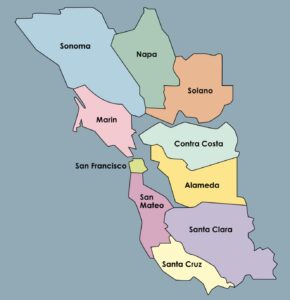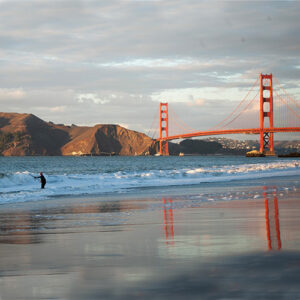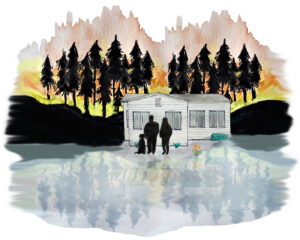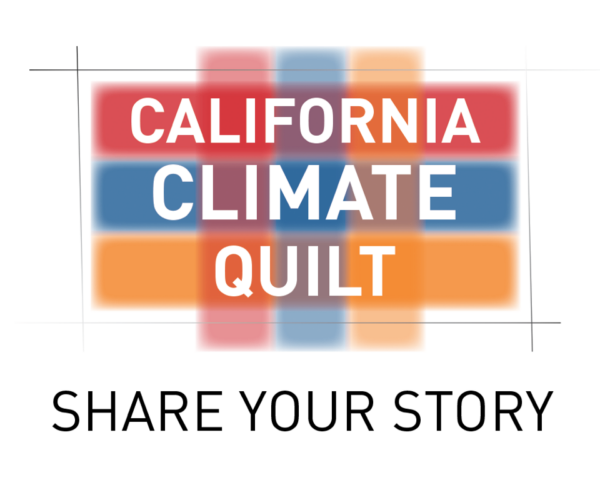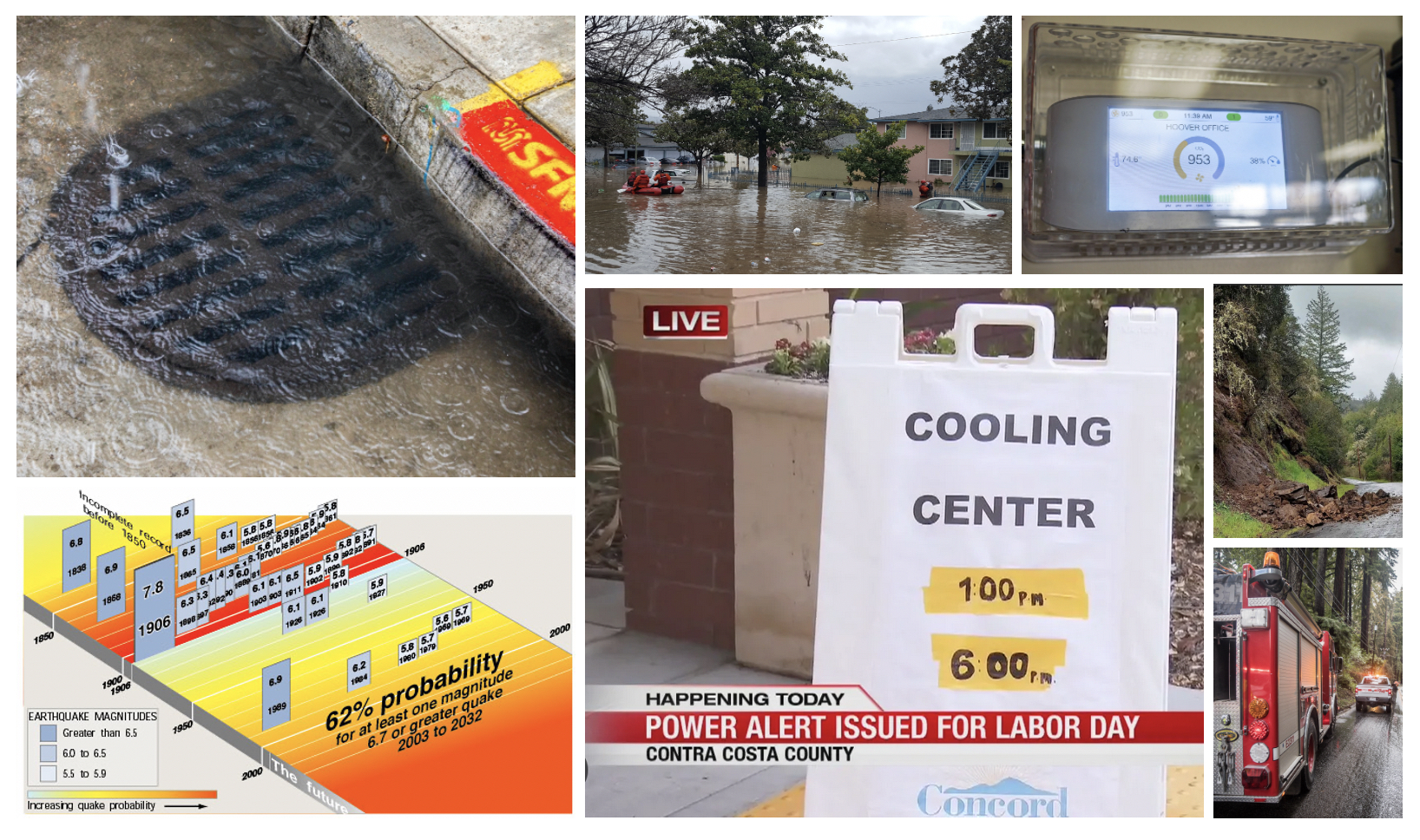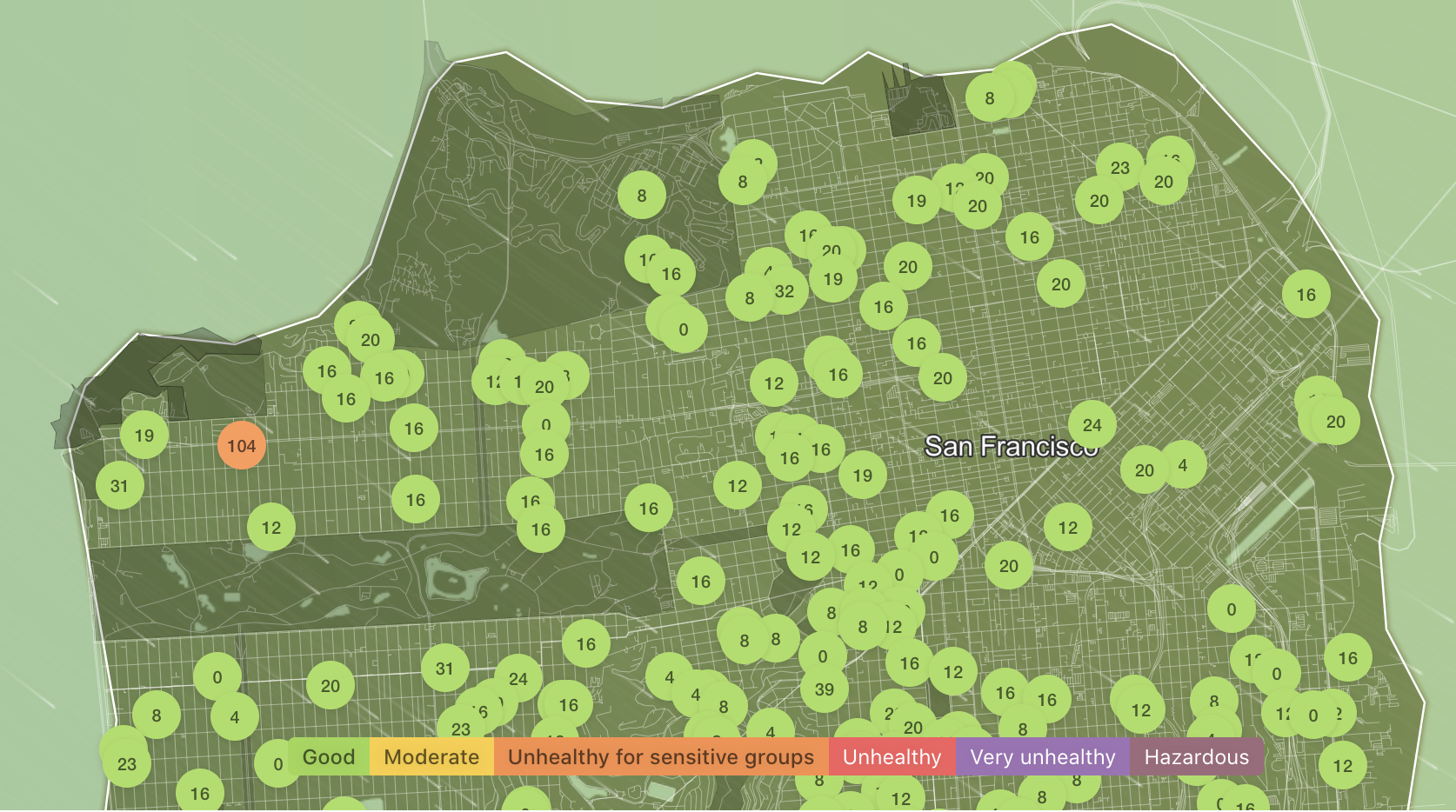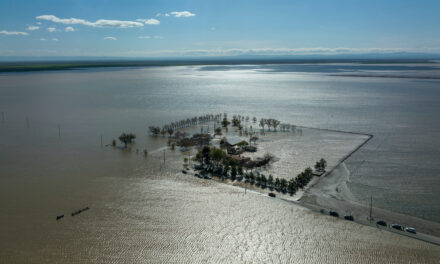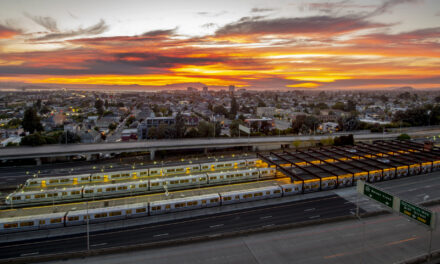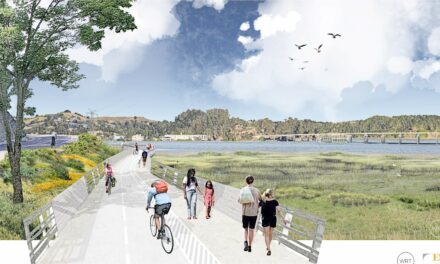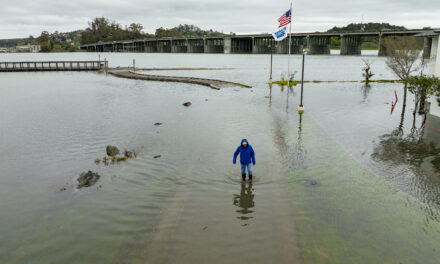Finding the Throughline in Multi-Hazard Planning
Not so very long ago, certainly within the memory of most millennials, all that the Bay Area really had to fear from Mother Nature was the occasional earthquake. Terrifying when they occurred, certainly, but blessedly infrequent. The rest of the time we could all look smugly to the East, where our fellow citizens regularly contended with blizzards, tornados, hurricanes, and more.
Not anymore. Thanks to the changing climate, the Bay Area now faces increasingly frequent threats from flooding, heat, wildfire and smoke. As the hazards multiply, communities, local governments, and agencies are searching for ways to address them more holistically.
“The ways you build resilience is oftentimes similar for different types of hazards,” says Matt Wolff, of San Francisco Department of Health’s Climate and Health Program. Wolff co-leads the city’s Heat and Air Quality Resilience Project, which brings together public, private, community and academic stakeholders to develop extreme heat and wildfire smoke resilience strategies. The incidence of both hazards is increasing, and Wolff notes that the strategies for dealing with one are often effective for the other.
“It’s about protecting people from outside exposures,” he says, “focusing on building envelopes, for example, and making sure they protect against both heat and smoke. We are looking at how many co-benefits there are to any particular solution.”
IQ air quality index for San Francisco on October day.
“If you just look at each hazard one at a time, you miss a lot of opportunities,” says Matt Chadsey of Nonlinear Ventures, who consulted on a new report for the Bay Area Regional Collaborative that analyzes the climate adaptation activities of its member agencies. “The problems have been looked at in silos to some degree—coastal flooding issues and sea level rise separate from wildfire separate from air quality, and so forth. One of the things that’s pretty clear is that the more we can look at things holistically, from a community perspective, the more we increase the likelihood of collaboration, of innovative thinking, potentially more funding coming in.
The BARC report is a first step towards the development of a regional multi-hazard adaptation plan and a technical assistance program, according to BARC’s Allison Brooks. In addition to mapping the BARC member agencies’ existing adaptation efforts, as well as the relationships and resources that support them, and fitting them into the bigger picture of Bay Area adaptation, the report identifies gaps and challenges in the region’s approach to adaptation. It also assesses the technical assistance available to stakeholders, and explores opportunities for improving it.
Multihazard adaptation means more than just preparing for disasters, says Chadsey. “It’s taking a step back and looking at the whole, both the natural and the social system of the community and really addressing everything together,” he says . “It’s really trying to understand how equity and diversity play, and how local jobs and the local economy play in the actual risk mitigation activities, because there are a lot of opportunities to do more to make a healthier community overall.”
BARC is a funder of KneeDeep Times.
Other Recent Posts
Gleaning in the Giving Season
The practice of collecting food left behind in fields after the harvest is good for the environment and gives more people access to produce.
New Study Teases Out Seawall Impacts
New models suggest that sea walls and levees provide protection against flooding and rising seas with little effect on surrounding areas.
Oakland High Schoolers Sample Local Kayaking
The Oakland Goes Outdoors program gives low-income students a chance to kayak, hike, and camp.
Growing Better Tomatoes with Less Water
UC Santa Cruz researchers find the highly-desired ‘Early Girl’ variety yields more tomatoes under dry-farmed conditions.
Santa Clara Helps Homeless Out of Harm’s Way
A year after adopting a controversial camping ban, Valley Water is trying to move unsheltered people out of the cold and rain.
The Race Against Runoff
San Francisco redesigns drains, parks, permeable pavements and buildings to keep stormwater out of the Bay and build flood resilience.
Learning the Art of Burning to Prevent Wildfire
In Santa Rosa’s Pepperwood Preserve, volunteers are learning how controlled fires can clear out natural wildfire fuel before it can spark.
Martinez Residents Want More Than Apologies — They Want Protection
After a 2022 release of toxic dust and a February 2025 fire, people in the northeast Bay town are tired of waiting for safety improvements.
Weaving Fire Protection Out Of What’s Already There
A new Greenbelt Alliance report shows how existing vineyards, grasslands, and managed forests can slow wildfire and save vulnerable homes.
Fall Plantings Build Pollinator Habitats in Concord
Community groups, climate advocates and a church are coming together to plant pollinator gardens as monarchs, bees see population declines.

